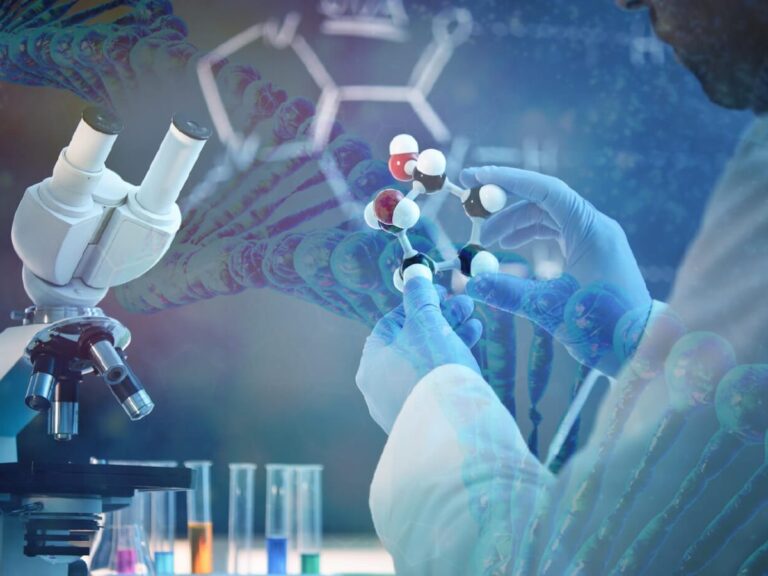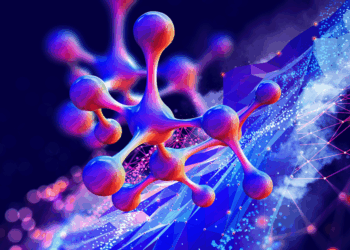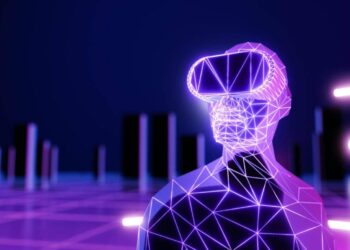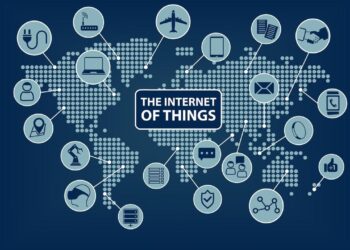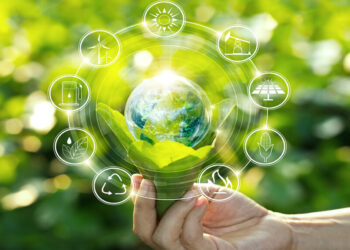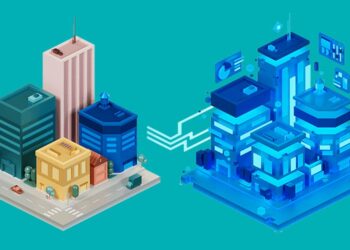The Core of Biotech
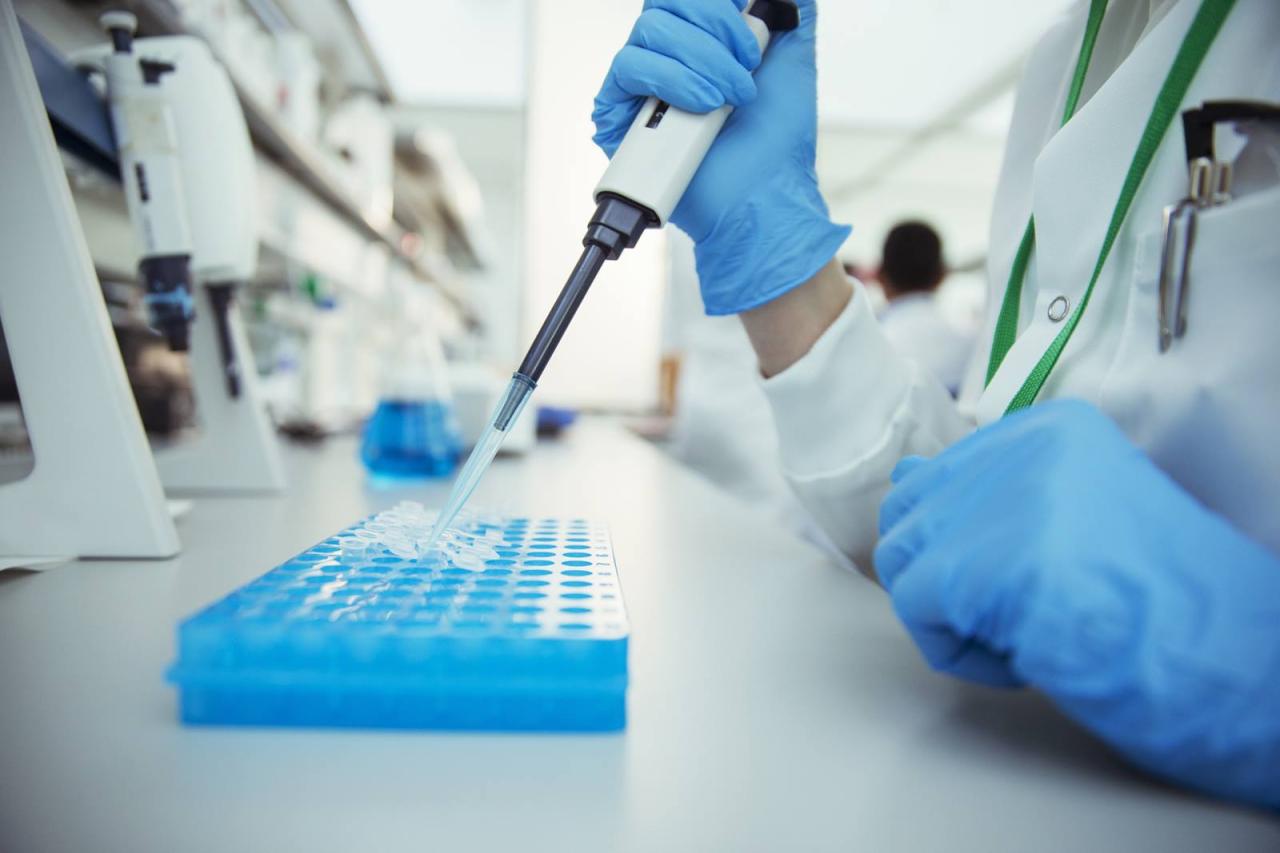
At its essence, biotechnology leverages the intricate machinery of living systems to create solutions. This ranges from manipulating DNA and proteins to harnessing microorganisms for industrial processes.
A. Genetic Engineering and Gene Editing
Perhaps the most iconic aspect of modern biotech, these technologies allow for precise manipulation of an organism’s genetic material.
- Recombinant DNA Technology (Early Foundations): The ability to cut and paste DNA sequences from different organisms, leading to the production of human insulin in bacteria or genetically modified crops.
- CRISPR-Cas9 (Revolutionary Tool): A groundbreaking gene-editing technology that allows scientists to make incredibly precise changes to DNA with unprecedented ease and accuracy.
- Gene Correction: Repairing faulty genes responsible for genetic disorders.
- Gene Silencing: Turning off genes that contribute to disease.
- Gene Insertion: Adding new genes to confer desired traits (e.g., disease resistance in crops).
- Base Editing and Prime Editing: Newer, even more precise gene-editing tools that can make single-nucleotide changes in DNA without creating double-strand breaks, potentially reducing off-target effects.
- Applications: Potential cures for genetic diseases (e.g., sickle cell anemia, cystic fibrosis), development of disease-resistant crops, and enhanced understanding of gene function.
B. Cellular and Tissue Engineering
These fields focus on manipulating cells and tissues for therapeutic or regenerative purposes.
- Stem Cell Therapy: Utilizing the unique ability of stem cells to differentiate into various cell types to repair damaged tissues and organs.
- Induced Pluripotent Stem Cells (iPSCs): Adult cells reprogrammed to an embryonic-like state, offering a patient-specific source for therapy without ethical concerns of embryonic stem cells.
- Organoids: Lab-grown, miniature versions of organs (e.g., brain organoids, gut organoids) that mimic the structure and function of real organs, used for disease modeling, drug testing, and understanding development.
- Tissue Regeneration: Developing scaffolds and growing cells to create functional tissues (e.g., skin grafts, cartilage) for transplantation.
- Bioprinting (3D Bioprinting): Using specialized 3D printers to create living tissues and organs layer by layer, with the long-term goal of producing transplantable organs.
C. Proteomics and Metabolomics
While genomics studies genes, proteomics and metabolomics analyze the products of those genes and the cellular processes.
- Proteomics: The large-scale study of proteins, which are the workhorses of the cell. Understanding protein structure, function, and interactions is crucial for drug development and disease diagnostics.
- Metabolomics: The study of metabolites (small molecules involved in metabolic processes) in a biological system. Metabolomic profiles can act as fingerprints for disease states, environmental exposures, or drug responses.
- Applications: Biomarker discovery for early disease detection, understanding disease mechanisms, and personalized medicine.
D. Bioprocessing and Fermentation
This traditional area of biotech uses microorganisms or cells to produce desired substances on a large scale.
- Drug Manufacturing: Production of biologics (e.g., antibodies, vaccines, insulin) using genetically engineered bacteria, yeast, or mammalian cells in bioreactors.
- Biofuels: Production of ethanol, biodiesel, and other fuels from biomass using microbial fermentation.
- Enzyme Production: Large-scale production of enzymes for various industrial applications (e.g., detergents, food processing).
- Bioplastics: Creating biodegradable plastics from renewable biological resources through microbial processes.
E. Bioinformatics and Computational Biology
The sheer volume of biological data (genomic, proteomic, clinical) necessitates powerful computational tools.
- Genomic Sequencing and Analysis: Algorithms to sequence, assemble, and interpret vast amounts of DNA data, identifying genetic variations associated with disease or traits.
- Drug Design: Computational methods to predict how potential drug molecules will interact with target proteins, accelerating the drug discovery process.
- Predictive Modeling: Using AI and ML to model complex biological systems, predict disease progression, or identify patient responses to therapies.
- Data Visualization: Tools to make complex biological datasets understandable for researchers and clinicians.
Biotech’s Revolutionizing Impact Across Industries
Biotechnology’s influence is rapidly expanding, offering transformative solutions in diverse sectors critical to human well-being and planetary health.
A. Medicine and Healthcare
This is where biotech’s most profound and immediate impact is felt.
- Gene Therapies: Correcting faulty genes directly to treat genetic diseases. Recent breakthroughs include therapies for spinal muscular atrophy (SMA) and certain forms of blindness.
- Cell Therapies (e.g., CAR T-Cell Therapy): Genetically engineering a patient’s own immune cells to recognize and destroy cancer cells, offering new hope for certain blood cancers.
- Vaccine Development: Rapid development of novel vaccines (e.g., mRNA vaccines for COVID-19) using genetic engineering and advanced bioprocessing.
- Monoclonal Antibodies: Engineered antibodies that target specific disease pathways, widely used in treating cancer, autoimmune diseases, and infectious diseases.
- Personalized Medicine (Precision Medicine): Using an individual’s genetic makeup, lifestyle, and environment to tailor prevention and treatment strategies. Biotech diagnostics (e.g., genomic sequencing) are central to this.
- Advanced Diagnostics: Faster, more accurate, and less invasive tests for early disease detection (e.g., liquid biopsies for cancer, genomic screening for predispositions).
- Regenerative Medicine: Developing new tissues and organs to replace damaged ones, moving towards truly restorative therapies.
- Drug Discovery and Development: Biotech tools accelerate every stage, from target identification and lead compound discovery to preclinical testing and manufacturing of biologics.
B. Agriculture and Food Security
Biotech offers solutions for feeding a growing global population sustainably.
- Genetically Modified (GM) Crops: Enhancing crops with traits like pest resistance (e.g., Bt corn), herbicide tolerance, increased nutritional value (e.g., Golden Rice with Vitamin A), and drought tolerance.
- Gene-Edited Crops: Using CRISPR to make precise changes to plant genomes, accelerating breeding for improved yield, disease resistance, and desirable traits (e.g., non-browning apples).
- Biofertilizers and Biopesticides: Developing biological alternatives to chemical fertilizers and pesticides, reducing environmental pollution and enhancing soil health.
- Animal Health and Productivity: Vaccines for livestock diseases, genetic improvements for disease resistance or increased yield (e.g., milk production).
- Alternative Proteins: Production of plant-based meat substitutes, cultivated meat (lab-grown meat) from animal cells, and precision fermentation to create dairy proteins without animals, offering more sustainable and ethical food sources.
- Food Diagnostics: Rapid tests for foodborne pathogens, allergens, and contaminants, enhancing food safety.
C. Industrial Biotechnology (White Biotechnology)
Using biological processes to create industrial products more efficiently and sustainably.
- Biofuels: Production of sustainable aviation fuels, ethanol, and biodiesel from biomass, algae, or waste streams.
- Bioplastics: Manufacturing biodegradable and compostable plastics from renewable biological resources, reducing reliance on fossil fuels and mitigating plastic pollution.
- Bio-based Chemicals: Producing industrial chemicals (e.g., enzymes, solvents, polymers) using biological processes, often with lower energy consumption and less hazardous waste.
- Textile Industry: Development of bio-based fibers, dyes, and enzymes for more sustainable textile production.
- Mining: Bioleaching techniques use microbes to extract metals from ores more efficiently and with less environmental impact.
D. Environmental Biotechnology
Biotech offers solutions for environmental remediation and conservation.
- Bioremediation: Using microorganisms (bacteria, fungi) to break down pollutants in soil, water, or air (e.g., oil spills, contaminated sites).
- Wastewater Treatment: Enhanced biological processes for removing contaminants from wastewater, making it safer for discharge or reuse.
- Biofiltration: Using biological systems to remove pollutants from air emissions.
- Biosensors: Developing biological sensors for rapid detection of environmental toxins or pathogens.
- Carbon Capture and Utilization: Exploring microbial processes or algae to capture CO2 and convert it into valuable products.
E. Consumer Products
Biotech subtly enhances many products we use daily.
- Cosmetics: Bio-engineered ingredients for skincare and beauty products (e.g., plant-derived collagen, hyaluronic acid produced by fermentation).
- Detergents: Enzymes produced by biotech enhance cleaning efficiency at lower temperatures, saving energy.
- Textiles: Bio-based dyes and fabric treatments improve sustainability and performance.
- Nutrition: Probiotics and prebiotics for gut health, personalized nutrition based on microbiome analysis.
Ethical Dilemmas and Societal Considerations

The power of biotechnology to manipulate life’s very fabric raises profound ethical, legal, and societal questions that demand careful consideration and public dialogue.
A. Genetic Engineering and Germline Editing
The ability to edit genes in human embryos or germ cells (sperm/egg) leads to inheritable changes, affecting future generations.
- Designer Babies: Concerns about altering genes for non-medical enhancements (e.g., intelligence, athletic ability), potentially leading to societal inequalities and eugenics.
- Slippery Slope: Where do we draw the line between treating disease and enhancing human traits?
- Unforeseen Consequences: The long-term effects of germline edits on the human gene pool are unknown.
- Global Governance: The need for international consensus and regulation on such powerful technologies.
B. Data Privacy and Genomic Information
The increasing availability of personal genomic data raises significant privacy concerns.
- Discrimination: Risks of discrimination based on genetic predispositions by insurance companies, employers, or even dating apps.
- Data Security: Protecting highly sensitive genomic data from breaches and misuse.
- Informed Consent: Ensuring individuals truly understand the implications of sharing their genetic information.
C. Equity and Access
The high cost of many advanced biotech therapies raises questions of equitable access.
- Affordability: Will life-saving gene therapies only be available to the wealthy, exacerbating health disparities?
- Global Divide: Ensuring developing nations have access to biotech solutions for diseases prevalent in their regions.
- Resource Allocation: How societies decide to allocate limited resources for expensive, cutting-edge treatments.
D. Biosafety and Biosecurity
The ability to engineer organisms also creates potential risks.
- Accidental Release: The risk of genetically engineered organisms escaping labs and having unforeseen environmental impacts.
- Dual-Use Dilemma: Biotechnology can be used for beneficial purposes (e.g., vaccines) or for harmful ones (e.g., bioweapons).
- Regulation and Oversight: Establishing robust regulatory frameworks and safety protocols for biotech research and development.
E. Ethical Use of Animal and Human Models
Biotech research often involves animal testing and the use of human cells or tissues.
- Animal Welfare: Ensuring ethical treatment of animals used in research.
- Human Sample Consent: Ethical considerations around the collection, storage, and use of human biological samples.
- Cloning and Chimeras: Ethical debates surrounding human reproductive cloning and the creation of human-animal chimeras for research or organ growth.
The Road Ahead
The future of biotechnology is one of accelerating discovery, deeper integration with other technologies, and a growing imperative for responsible governance.
A. Convergence with AI and Big Data
AI and big data are supercharging biotech research and development.
- Drug Discovery: AI accelerates the identification of drug targets, screens potential compounds, and predicts drug efficacy and toxicity.
- Personalized Medicine: AI analyzes genomic, proteomic, and clinical data to develop highly individualized treatment plans.
- CRISPR Optimization: AI guides the design of more precise and efficient gene-editing tools, minimizing off-target effects.
- Biomarker Discovery: Machine learning identifies novel biomarkers for early disease detection from complex biological datasets.
B. Miniaturization and Point-of-Care Diagnostics
Bringing biotech closer to the patient.
- Lab-on-a-Chip Devices: Microfluidic devices that integrate multiple lab functions on a single chip, enabling rapid, portable diagnostics.
- Wearable Biosensors: Non-invasive wearables that continuously monitor biomarkers (e.g., glucose, lactate) from sweat or interstitial fluid.
- CRISPR-Based Diagnostics: Highly sensitive and specific diagnostic tests using CRISPR technology for rapid pathogen detection (e.g., for infectious diseases).
C. Synthetic Biology
An advanced frontier of biotechnology.
- De Novo Design: Engineering entirely new biological components, functions, or systems that don’t exist in nature.
- Bio-factories: Designing microbes to produce complex molecules (e.g., pharmaceuticals, high-value chemicals) more efficiently.
- Programmable Cells: Engineering cells to perform specific tasks, like detecting disease or delivering therapies.
D. Focus on Sustainable and Circular Bio-Economy
Biotech will be critical for a greener future.
- Advanced Biofuels: Developing more efficient and scalable methods for producing fuels from diverse biomass sources.
- Biorefineries: Integrated facilities that convert biomass into a range of bio-based products (fuels, chemicals, materials).
- Waste Valorization: Using biotech to convert industrial and agricultural waste into valuable resources.
E. Regulatory Evolution and Public Engagement
As the science progresses, so must the frameworks for its governance.
- Adaptive Regulation: Developing flexible regulatory pathways that can keep pace with rapid scientific advancements.
- International Harmonization: Aligning regulatory standards globally to facilitate biotech innovation and trade.
- Ethical Review Boards: Robust ethical review processes for all biotech research, especially those involving human genetic material.
- Citizen Science and Engagement: Involving the public in discussions and decision-making about biotech’s societal implications.
Conclusion
Biotech Revolutionizes Health is more than a catchy phrase; it encapsulates the profound paradigm shift occurring as we gain unprecedented control over life’s fundamental processes. From editing genes to eradicate inherited diseases and engineering cells to fight cancer, to developing sustainable agricultural practices and cleaning our environment, biotechnology offers transformative solutions to the grand challenges of our time. While the ethical complexities are significant and require thoughtful navigation, the relentless pace of scientific discovery, fueled by convergence with AI and big data, promises an era of biological precision that will redefine medicine, food, and our very relationship with the living world. Investing in responsible biotech innovation is not just about progress; it’s about building a healthier, more sustainable, and ultimately, a more hopeful future for all. The biological revolution is not coming; it’s already here, reshaping life, one breakthrough at a time.

